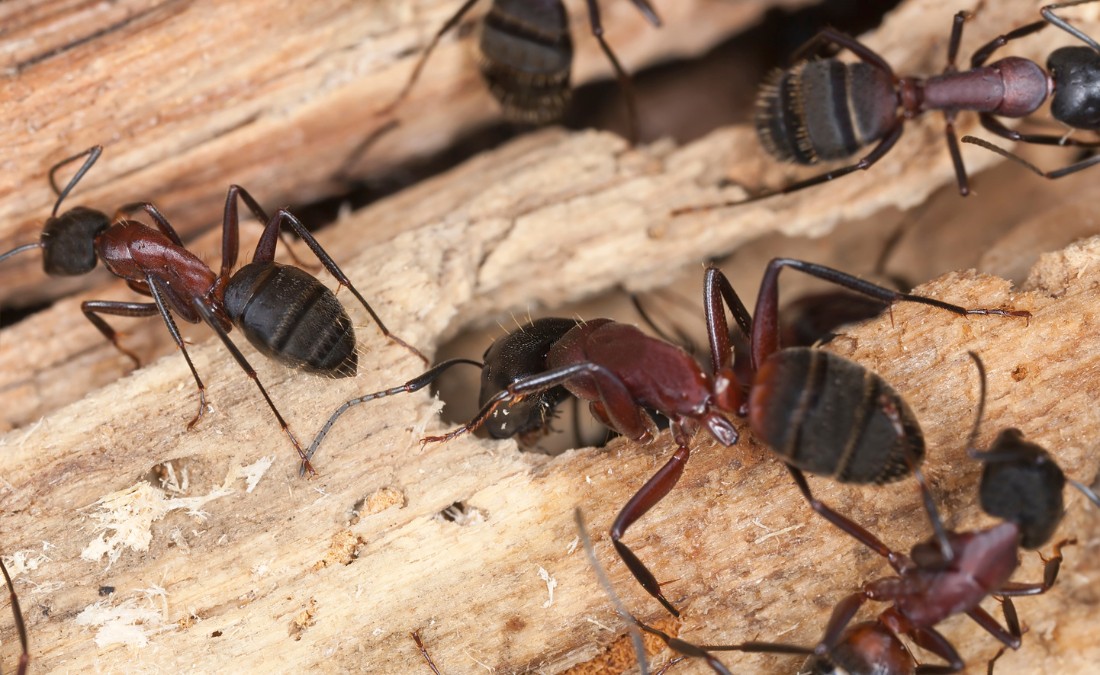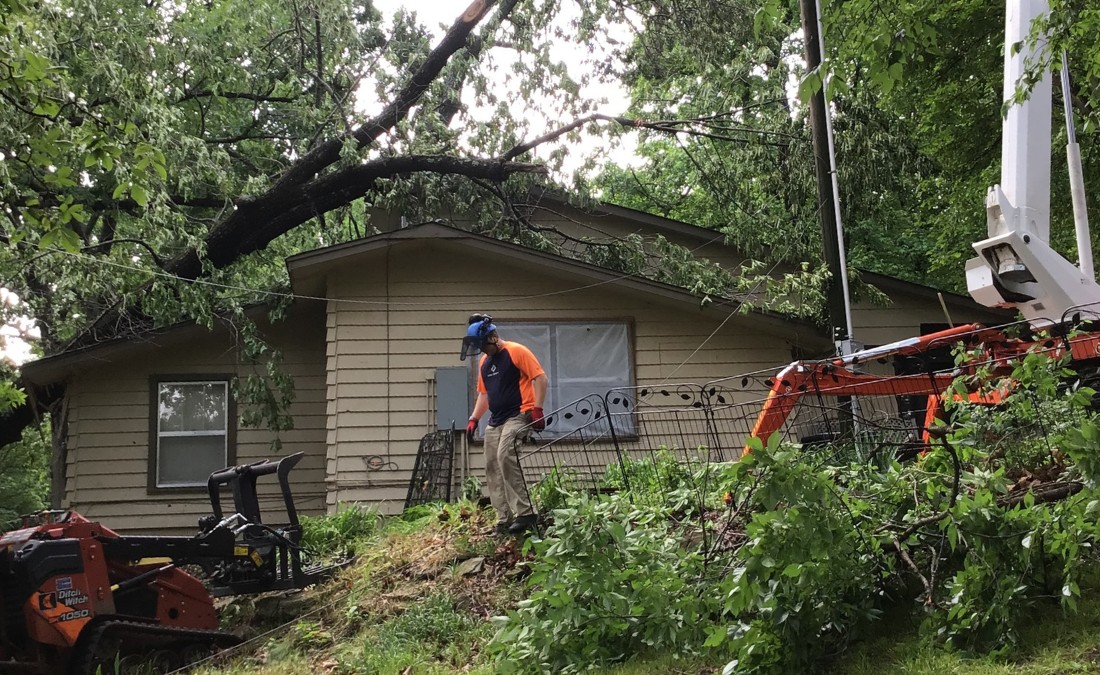High-Quality Wichita Tree Pruning
Standard Pruning: Balanced Maintenance
Focus Areas:
Ideal For:

Structural Pruning: Building a Strong Foundation
Focus Areas:
Ideal For:

Priority Pruning: Protecting Tree Health
Focus Areas:
Ideal For:

Restoration Pruning: Healing Past Trauma
Focus Areas:
Ideal For:

Retrenchment Pruning: Managing Decline
Focus Areas:
Ideal For:

Sanitation Pruning: Preventing Spread of Issues
Focus Areas:
Ideal For:
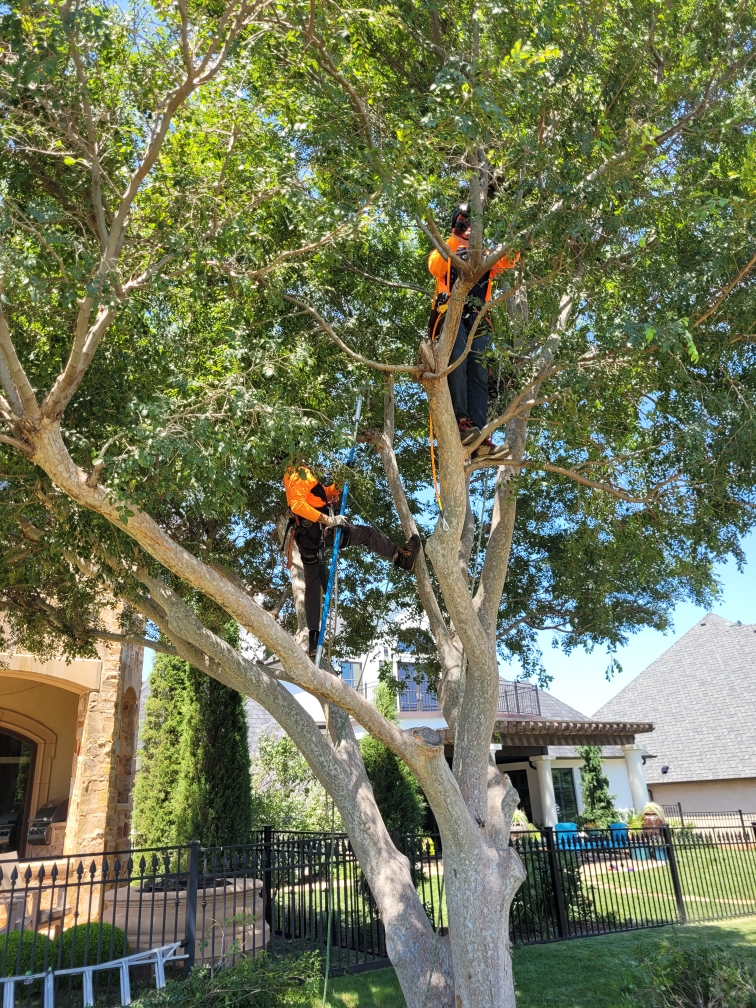
Specified Pruning: Tailored to Your Tree’s Needs
Focus Areas:
Ideal For:
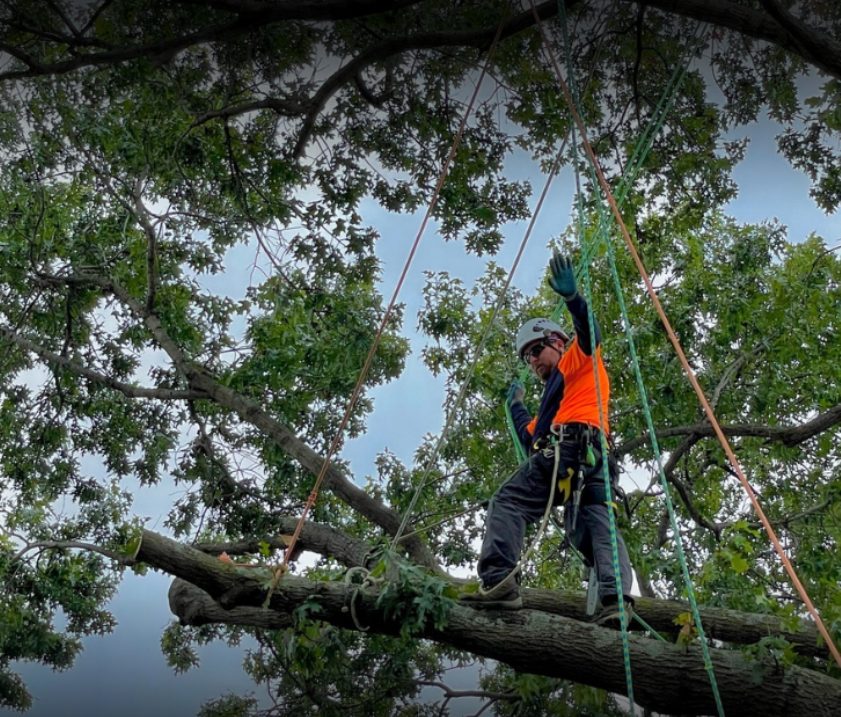
The Benefits of Pruning Your Wichita Trees
Pruning is a vital tree service, providing numerous benefits to your trees. It isn’t just about aesthetics; pruning can make your tree healthier and increase its vigor. Some of the benefits of pruning include:
More airflow and light penetration to lower tree sections, improving fruit production and lowering the risk of mold or fungus.
Better aerodynamics to lower the risk of failure during a storm.
Increased life expectancy compared to trees that are never pruned.
Reduces the risk of branches breaking during a storm.

5 Reasons Wichita Residents Trust Arbor Masters
At Arbor Masters, tree care isn’t just our job – it’s our craft. We combine expert knowledge with a genuine respect for trees and the landscapes they shape. Whether we’re pruning a single limb or managing a multi-acre canopy, our focus is always the same: doing what’s best for the tree – and for you.
Certified and Accredited Tree Care Professionals





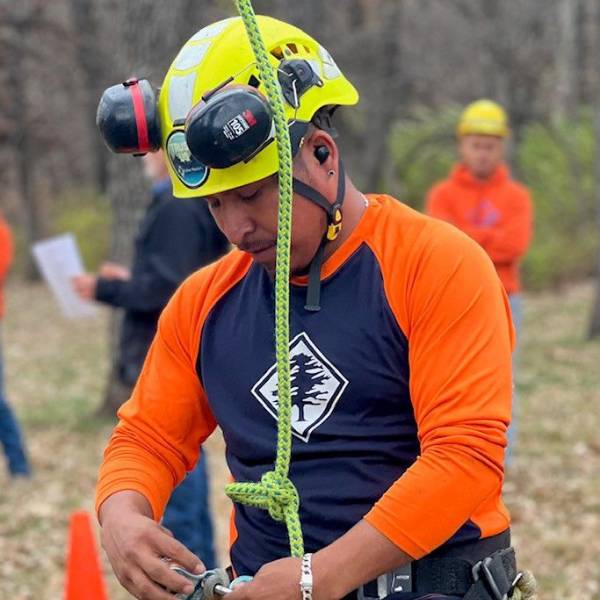
When to Prune Your Trees in Wichita
We can prune your trees any time of year (as long as the weather cooperates). However, different seasons provide various opportunities for your trees. Typical pruning in each season aims to do the following:
Spring: Focus your pruning on ornamentals that flower in the spring. Pruning as they finish blooming will encourage better flowering next year.
Summer: When a tree is fully leafed out, you can get a better idea of how to shape the tree through pruning.
Fall: We recommend holding off on major pruning projects in the fall, but it’s never the wrong time to have a professional remove dead or diseased branches.
Winter: Winter is an excellent time for substantial pruning of your tree, thanks to the tree’s dormancy and the limited risk of spreading diseases.
Our Tree Pruning Process
Since our founding in 1960, we’ve attempted to streamline the pruning process to make it as easy for our customers as possible and ensure there are no surprises. When you hire us for tree pruning, the process typically looks like this:
Assessment
We’ll examine your trees and get an idea of the scope of the job and what kind of equipment it will take.
Free Quote
Once we know what we must do, we’ll provide you with a free electronic quote on what the work will cost.
Schedule Appointment
After you accept the quote, we’ll get to work scheduling you for tree pruning as soon as possible.
Expert Tree Care
We follow all proper safety procedures to protect our team and make pruning as efficient and safe as possible.
Clean Up
We’ll clean up and chip any debris and branches to leave your yard spotless before we leave the property.
When to Prune Your Trees in Wichita
We can prune your trees any time of year (as long as the weather cooperates). However, different seasons provide various opportunities for your trees. Typical pruning in each season aims to do the following:
Spring: Focus your pruning on ornamentals that flower in the spring. Pruning as they finish blooming will encourage better flowering next year.
Summer: When a tree is fully leafed out, you can get a better idea of how to shape the tree through pruning.
Fall: We recommend holding off on major pruning projects in the fall, but it’s never the wrong time to have a professional remove dead or diseased branches.
Winter: Winter is an excellent job for substantial pruning of your tree, thanks to the tree’s dormancy and the limited risk of spreading diseases.

The Danger of DIY Pruning
It’s all too common to hear about a homeowner injuring themselves trying to save money pruning their trees. While you may be able to prune a small, newly planted tree effectively if you have the proper training, it is best to leave pruning to the professionals. Some of the risks of pruning trees yourself include:
Falling Off a Ladder: When a tree care company prunes trees, they may use a tripod ladder or bucket truck to reach higher branches. These ladders provide better stability for pruning than the ladders you have at home.
Harming the Tree: Improper cuts harm your tree rather than provide benefits. If you don’t know how to prune, you risk causing substantial injuries and stressing a tree.
Injuries from Falling Branches: A branch may not look heavy from the ground, but when it falls, it can cause severe injury or death to anyone underneath.
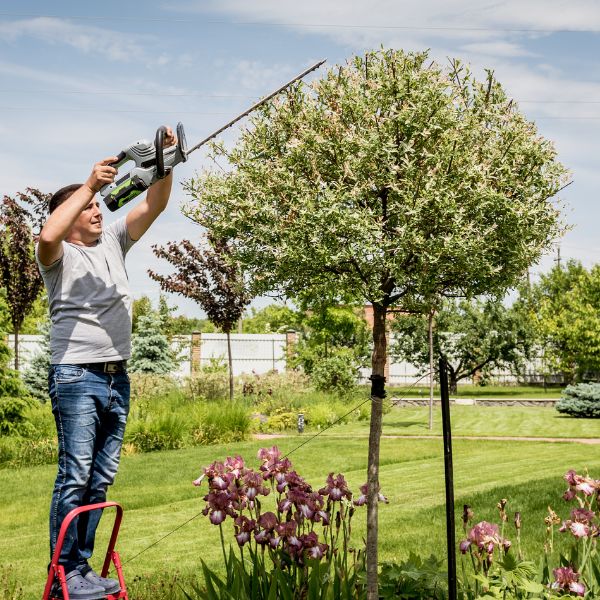
Our Wichita Service Area
We’re proud to offer our tree care services throughout the greater Wichita area. If you aren’t sure if we cover your neighborhood, use our service area map or call us at (316) 838-3111. We’d be happy to help!
Tree Pruning FAQs
Yes, regular pruning is critical to keeping your trees healthy and vigorous. Without trimming, a tree can grow unruly and into structures or utility lines.
While there’s no one schedule that’s perfect for all trees, we recommend pruning your mature trees every three to five years. Newly planted trees can benefit from pruning every two or three years.
Pruning a tree on private property typically does not require a permit in Wichita. However, you'll need to speak with the Forestry Division about a permit if you want to prune a tree in the public right-of-way or if your tree overhangs in the right-of-way.
Yes, you can help us by clearing your vehicles from in front of your house, removing any decorations near your trees, and keeping your pets inside.
Our Recent Articles
We publish monthly articles on tree care in the greater Wichita area on our tree care blog. See all of our articles by clicking the button below.
Are Carpenter Ants Harming Your Tree? Here’s What You Should Know
What Arbor Masters Is Doing to Save the Bees
The Hidden Risks of Storm-Damaged Trees in Wichita
3 Common Wichita Tree Insects Homeowners Should Watch For

